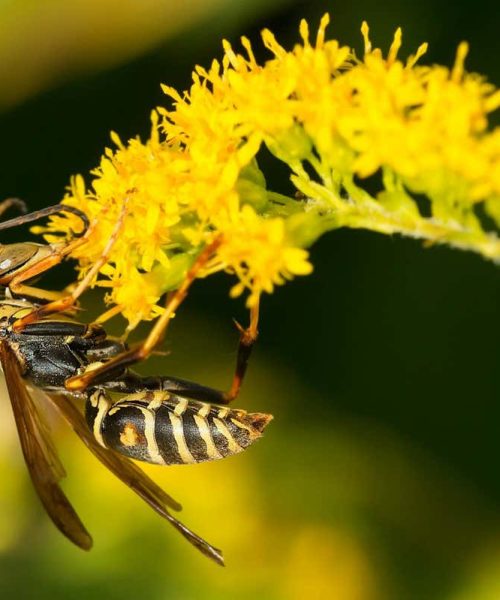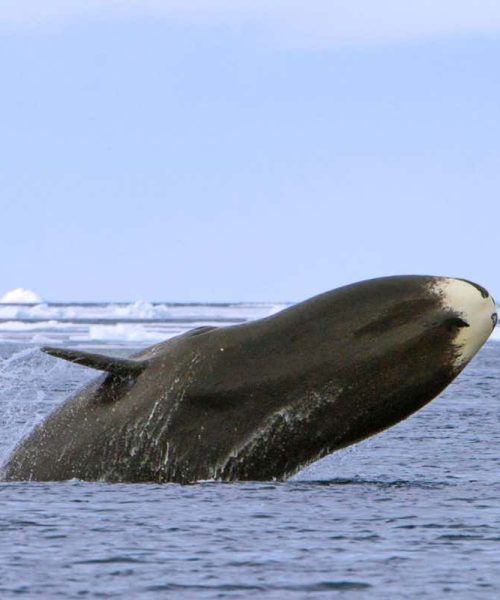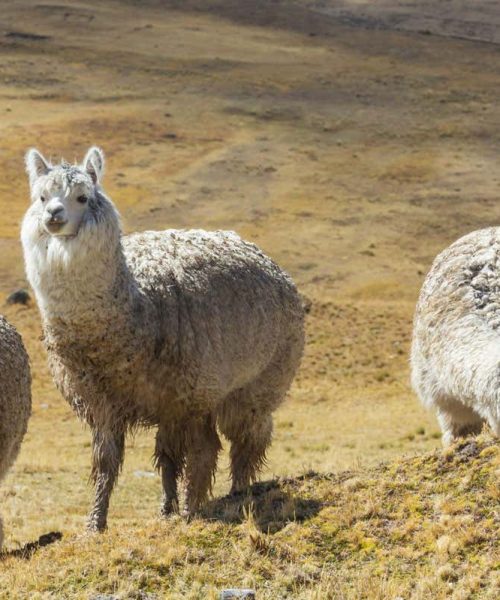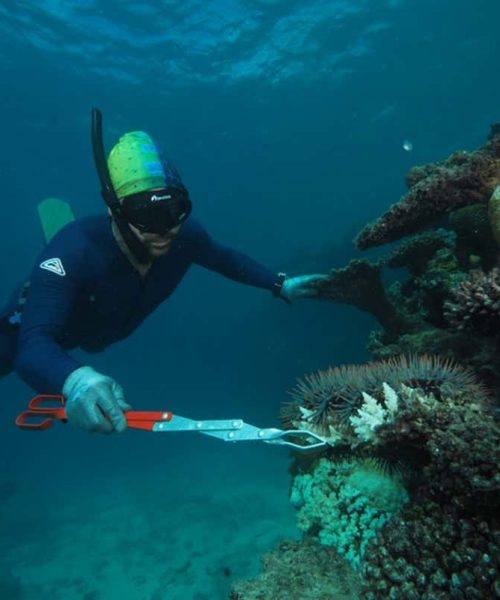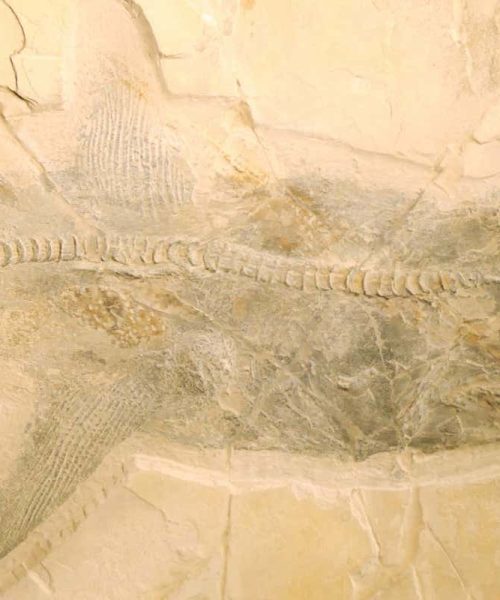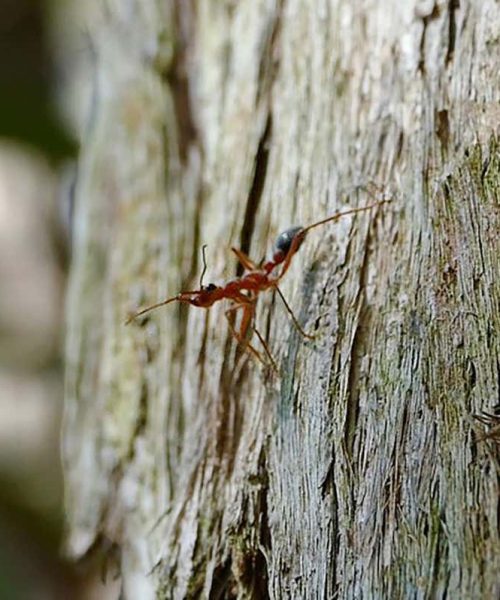
A Braarudosphaera bigelowii cell, with a black arrow showing its nitrogen-fixing organelle
Tyler Coale, University of California, Santa Cruz
In the 3.5 billion years since life first evolved on Earth, it was thought that once-free-living bacteria had merged with other organisms on just three occasions, making this an exceedingly rare evolutionary event. Now, a fourth example has been found, in a single-celled alga common in the oceans.
These algae were thought to “fix” nitrogen – convert atmospheric nitrogen into useable ammonia – with the help of a bacterium. Tyler Coale at the University of California, Santa Cruz, and his colleagues have now shown that this bacterium has evolved into a new cellular structure, or organelle.
It is the first known nitrogen-fixing organelle, or nitroplast, says Coale, and could be the key to the success of these algae. “It appears to be a successful strategy for them,” he says. “These are very widespread algae. We find them all over the world’s oceans.”
Advertisement
It is quite common for one species to live inside the cells of another in a mutually beneficial relationship called endosymbiosis. For instance, cells in the roots of legumes such as peas host nitrogen-fixing bacteria. The success of cockroaches is partly due to endosymbiotic bacteria that produce essential nutrients. Some cells even host multiple endosymbionts.
While endosymbiotic relationships can become very close, in almost all cases, the organisms remain distinct. For example, legumes acquire their root bacteria from the soil. And while the cockroach bacteria are passed down in eggs, they live in specialised cells, not in every cell.
But in three cases, endosymbionts have merged with their hosts to become a fundamental part of them. Energy-producing mitochondria arose from the merger of a bacterium with another simple cell, forming the complex cells that gave rise to animals, plants and fungi.
Plants arose when a cyanobacterium combined with a complex cell to form the chloroplast, the organelle that carries out photosynthesis. And around 60 million years ago, another cyanobacterium merged with an amoeba, forming a different photosynthetic organelle called a chromatophore, found only in a few species of Paulinella.
It has been suspected for more than a decade that a cyanobacterium known as UCYN-A living within the single-celled alga Braarudosphaera bigelowii has become an organelle. However, studying the partnership was difficult until team member Kyoko Hagino at Kochi University in Japan found ways of keeping B. bigelowii alive in the lab.
This allowed the team to use a technique called soft X-ray tomography to watch what happens as the algal cells divide. From this, it was discovered that UCYN-A divides in concert with the algal cell, with each daughter cell inheriting one UCYN-A. “We did not know how this association was maintained before this,” says Coale.
The team also found that around half of the 2000 or so different proteins inside UCYN-A come from the algal host, rather than being made within UCYN-A.
Many of the imported proteins help UCYN-A fix nitrogen, says Coale. “I think it is being souped up by the algal cell to produce more nitrogen than it needs for itself.”
There also seems to be a specialised system for delivering proteins to UCYN-A, as there is for other organelles. All the imported proteins have an extra section thought to be an “address label” marking them for delivery to UCYN-A.
There is no universally accepted definition of an organelle, says Jeff Elhai at Virginia Commonwealth University, but many biologists regard coordinated division and the importing of proteins as key.
“Both boxes are checked by Coale,” says Elhai. “Even to the semantic purists, UCYN-A must be counted as an organelle, joining mitochondria, chloroplasts and chromatophores.”
The manufacture and use of nitrogen fertilisers is a major source of greenhouse gas emissions as well as an expense for farmers. So there is a lot of interest in modifying crop plants so they can fix their own nitrogen as legumes do.
One way to achieve this would be to equip their cells with nitroplasts and Elhai has put together a proposal for how this could be done. But UCYN-A isn’t a good starting point because it is far too dependent on B. bigelowii, he says.
Instead, Elhai envisages starting with cyanobacteria that have only just started down the road to becoming nitroplasts and don’t rely on imported proteins, so they could be easily added to a wide range of crop plants.
Nevertheless, Elhai agrees with Coale that studying B. bigelowii could help us understand how to integrate nitrogen fixation into a plant cell.
Topics:
